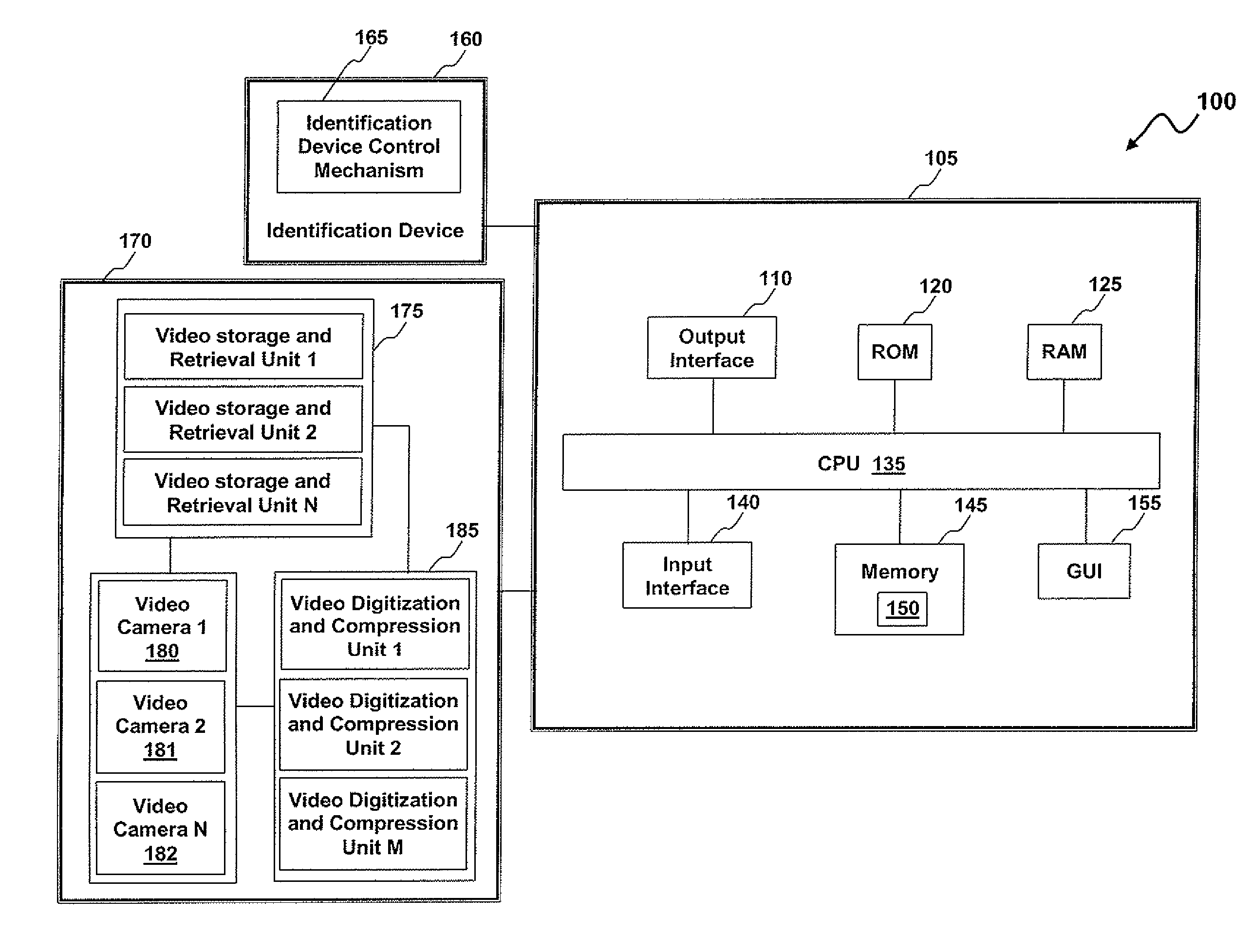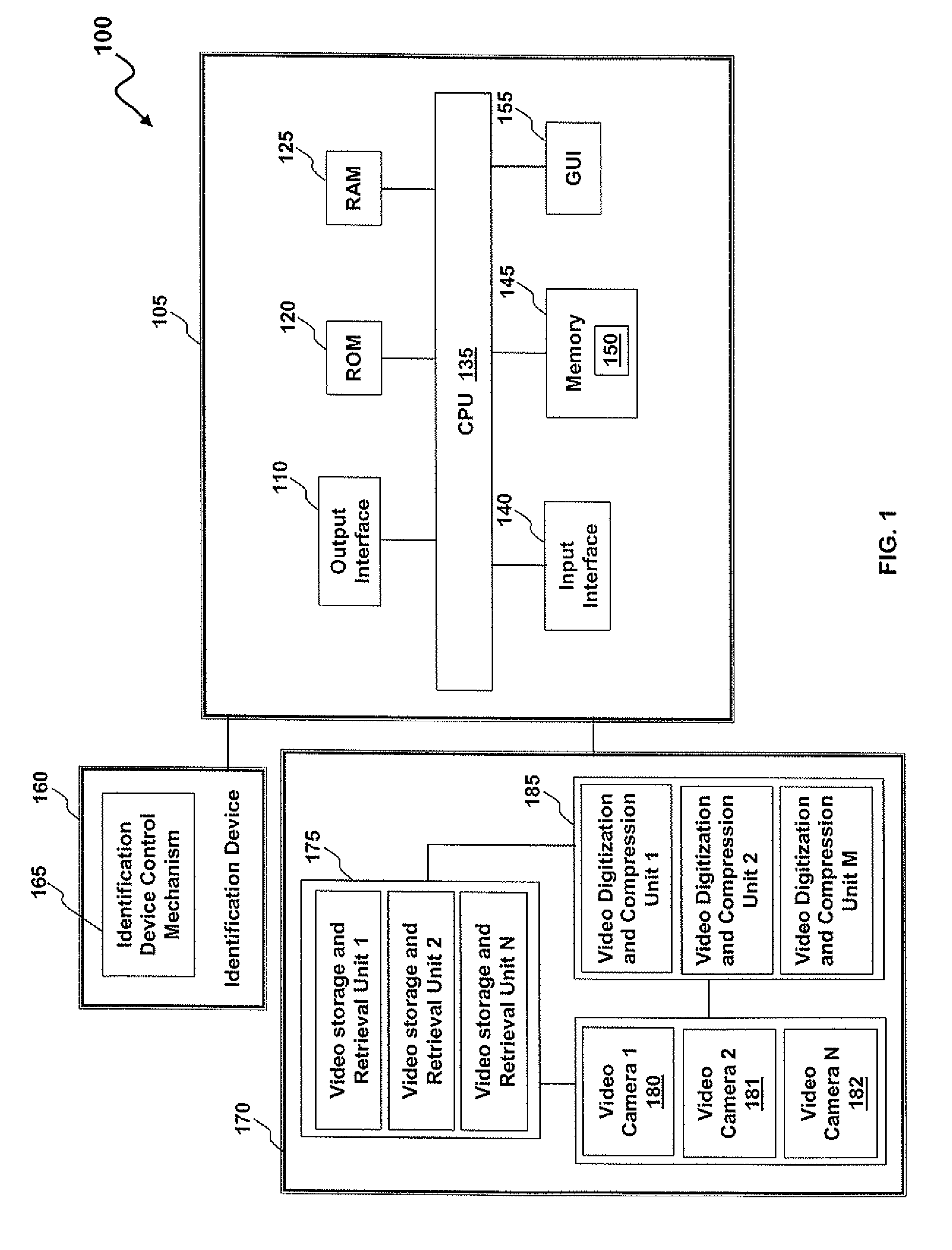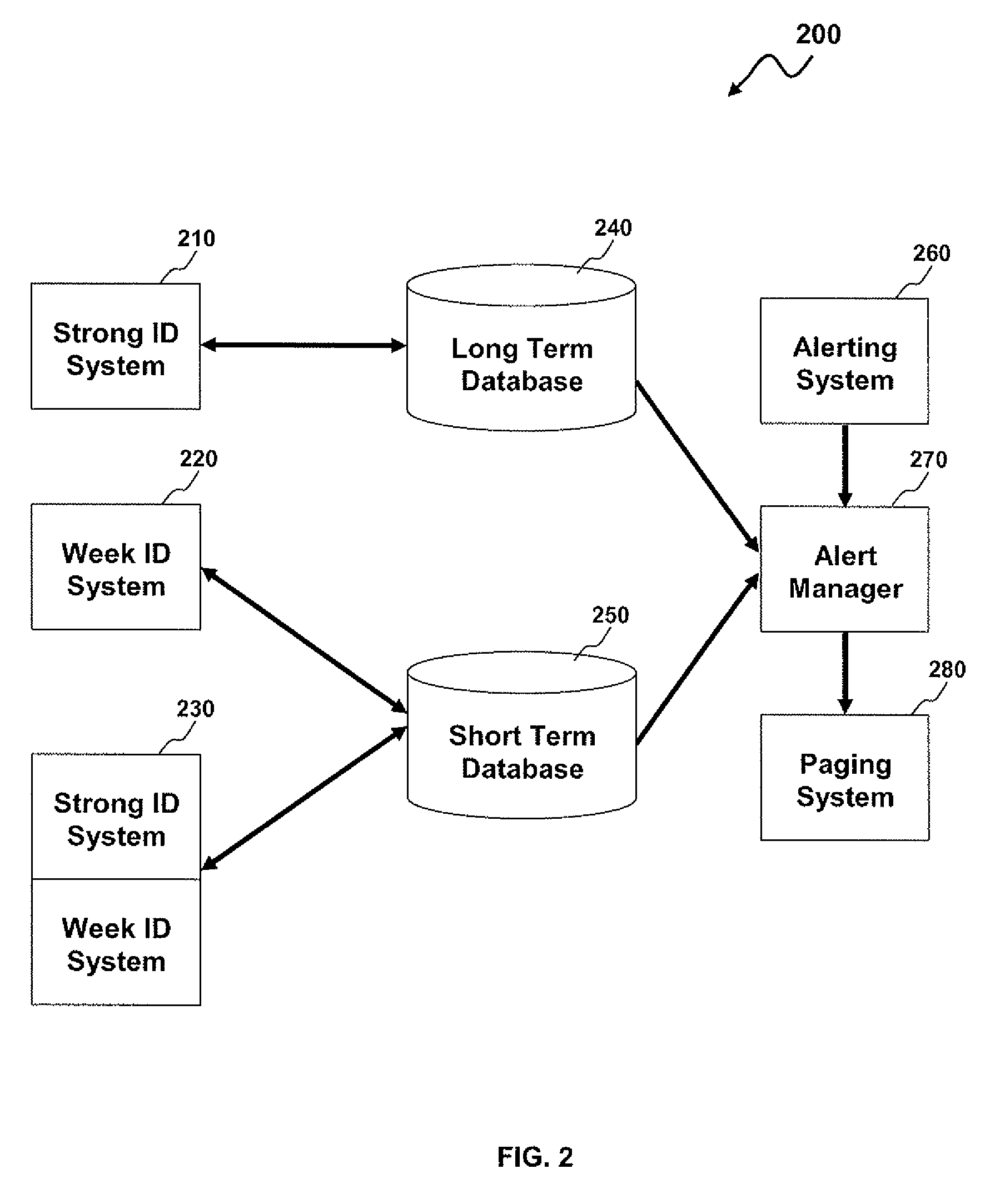Video-enabled rapid response system and method
a rapid response and video technology, applied in the field of data processing methods and systems, can solve the problems of insufficient situational awareness among first responder personnel, large facilities are typically subject to incidents and other events, and the majority of prior art rapid response systems have limited communication capabilities, so as to improve the rapid incident response system, rapid alert a close person, and strong identification
- Summary
- Abstract
- Description
- Claims
- Application Information
AI Technical Summary
Benefits of technology
Problems solved by technology
Method used
Image
Examples
Embodiment Construction
[0019]The particular values and configurations discussed in these non-limiting examples can be varied and are cited merely to illustrate at least one embodiment and are not intended to limit the scope thereof.
[0020]Referring to the drawings and in particular to FIG. 1, there is depicted a data-processing system 100 which can be utilized for determining a closest person and passing an alert message in an emergency situation in accordance with a preferred embodiment. Data-processing system 100 represents one of many possible data-processing and / or computing devices, which can be utilized in accordance with the disclosed embodiments. It can be appreciated that data-processing system 100 and its components are presented for generally illustrative purposes only and do not constitute limiting features of the disclosed embodiments. The data-processing system 100 generally includes a data-processing apparatus 105, an identification device 160 and a video tracking subsystem 170.
[0021]The emb...
PUM
 Login to View More
Login to View More Abstract
Description
Claims
Application Information
 Login to View More
Login to View More - R&D
- Intellectual Property
- Life Sciences
- Materials
- Tech Scout
- Unparalleled Data Quality
- Higher Quality Content
- 60% Fewer Hallucinations
Browse by: Latest US Patents, China's latest patents, Technical Efficacy Thesaurus, Application Domain, Technology Topic, Popular Technical Reports.
© 2025 PatSnap. All rights reserved.Legal|Privacy policy|Modern Slavery Act Transparency Statement|Sitemap|About US| Contact US: help@patsnap.com



